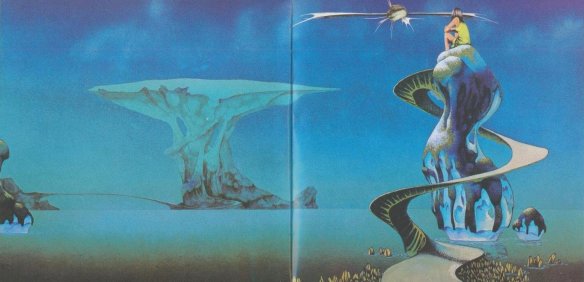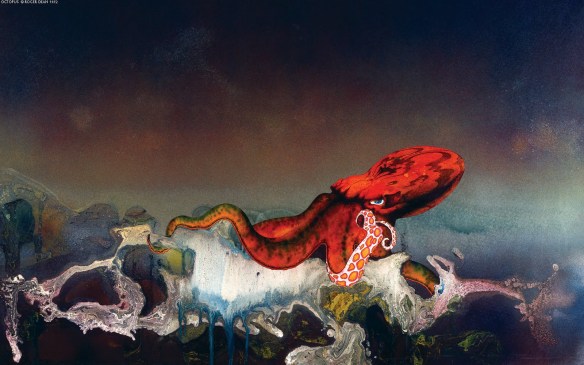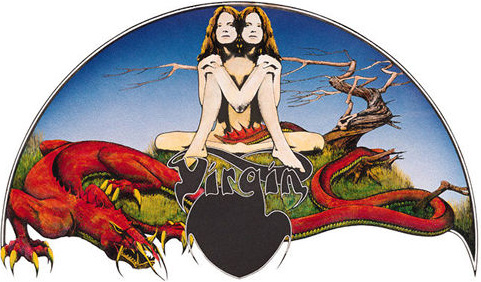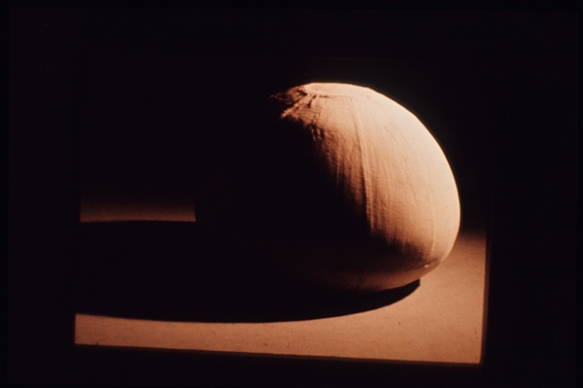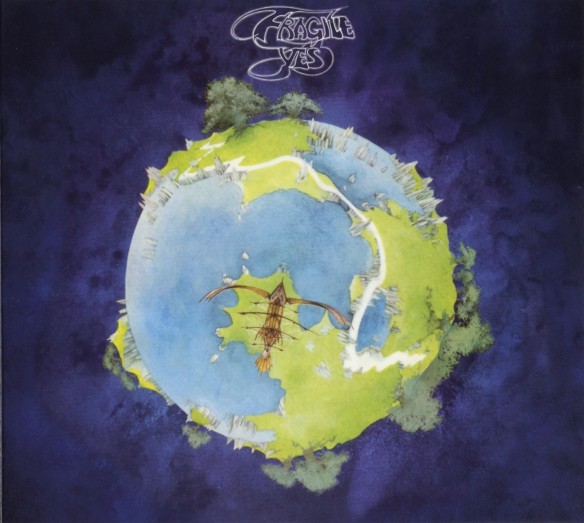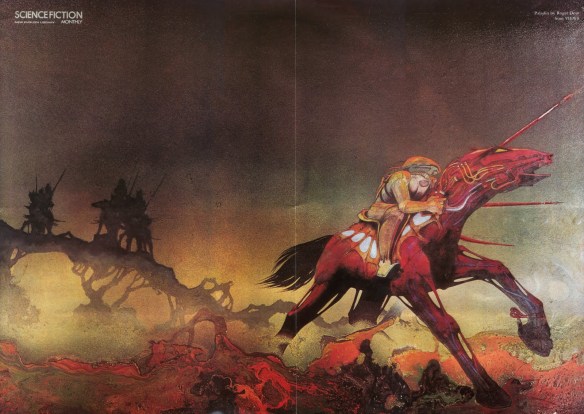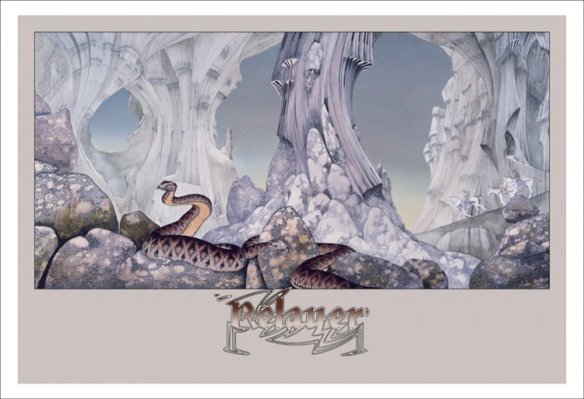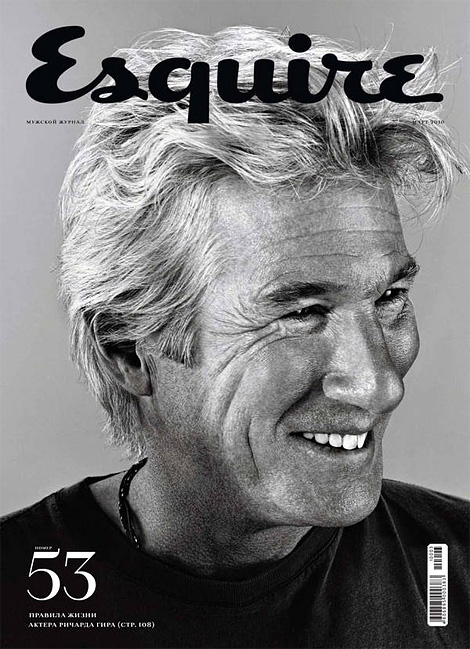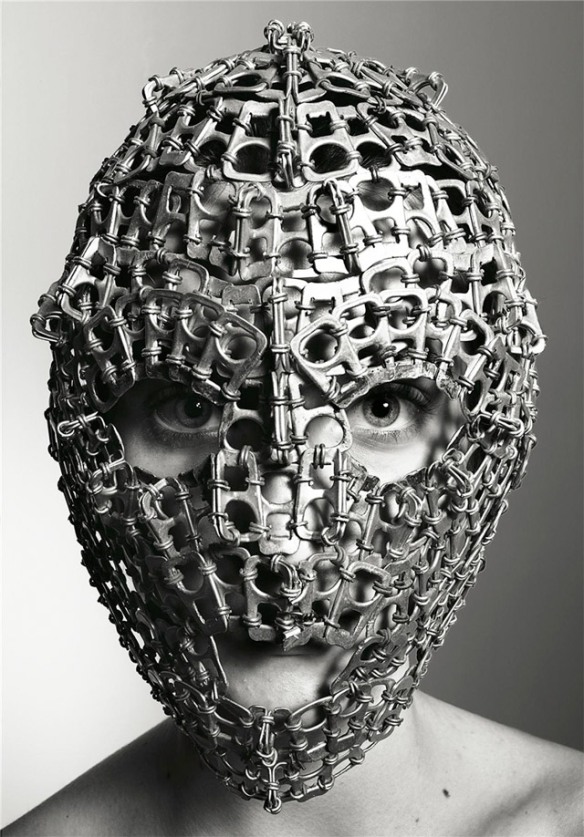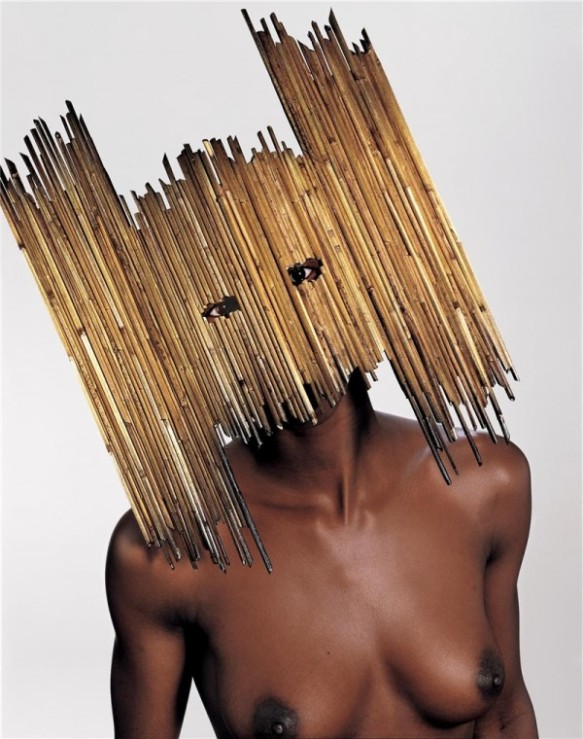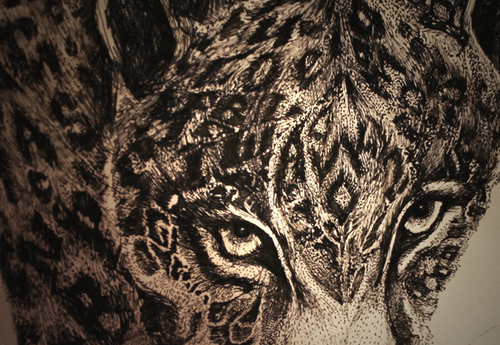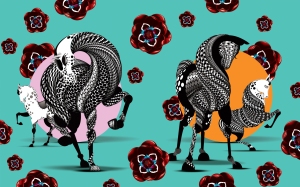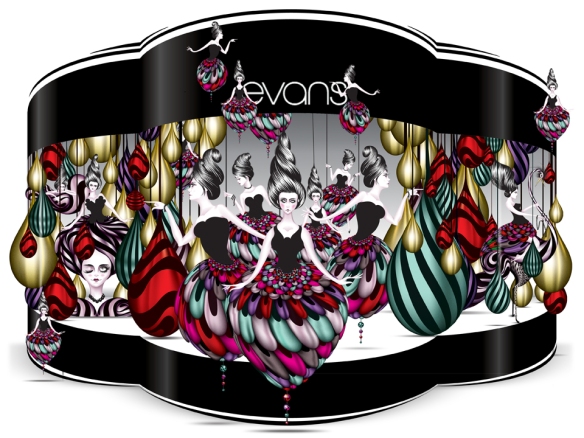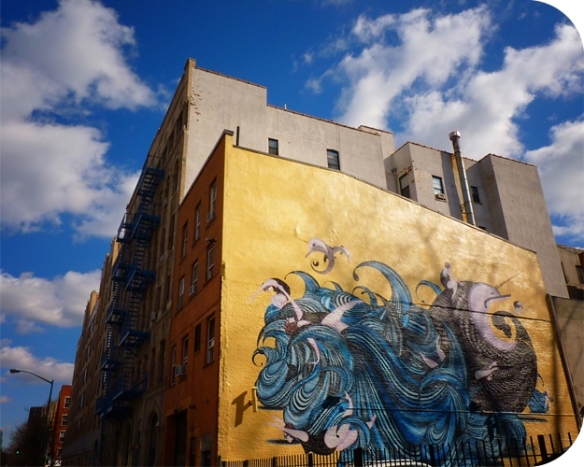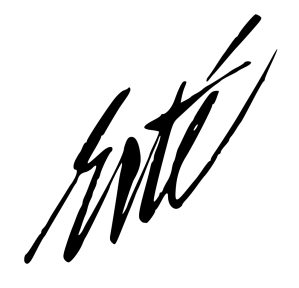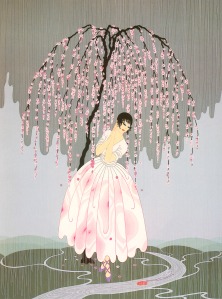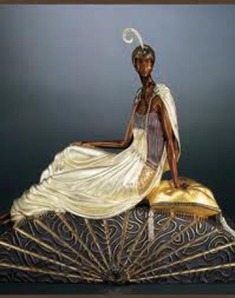Roger Dean
Illustrations inspiring a generation
The year is 1974 and I am in the art classroom of my high school, a stuffy, all boys catholic affair, Archbishop Carroll HS for Boys. Boys! Are we not men?
Our side of the building is immense, nuzzling against the adjacent girl’s school, taunting us, as if to say, “you will never get this close to the girls”, unless of course you are prepared to endure the ear splitting silence of the library or the pious solitude of the chapel. Here at ABC the aggregate knowledge of the ages conspires to contain our hormonal bodies, separate and miserable.
With the girls out of reach, we turned to art and music.
Denny Farrell, a fast friend and rabid music enthusiast has smuggled some contraband into the art room. We huddle around, sheltering it from view as the teacher is momentarily occupied. The object of our attention, an album cover, a rock album cover, transforming an egregious violation into a capital offence should we be caught.
YES SONGS was the name of the album and Yes the name of the band and although we marveled at the intelligence and virtuosity of the music we were just as taken with the cover art and competed to find any hidden items concealed within the painting’s composition.
Now might be a good time for some musical accompaniment.
A ruminate interjection:
An album or ’33s for those too old to care or too young to reminisce, is simply the vehicle of recording popular music that involved a grooved rotating vinyl disc surrendering its recorded sound via a diamond tipped stylus craning from a spinning turntable. This system superseded the much chunkier and faster spinning ’78s (RPMs) and preceded the more compact but problematic cassette tapes just beginning to hit the streets. Nothing portable here.
This “jacket” as it was known was far more than a single sleeve to hold the black vinyl disk. The LP or Long Playing Record contained within Yessongs was in fact a 3 disc set of live recordings surrounded by a booklet style of covering, reproductions of artwork on all sides, and what amazing paintings they were, each depicting figurative themes relating to the songs.
It’s hard to remember weather one purchased the album for the artistic exterior or the art within. A bit of both I suppose and even if the music was rubbish you still had those amazing paintings to take you on a journey.
Roger Dean is that type of artist. One to grab you with a striking composition and then mesmerize with the kind of detail a generation craved, detail rich in color and texture, embellishing the landscapes and creatures within. Detail that permits us to wander off the path, and follow the artist through his imaginations of floating islands, winged flying things and human characters, alone but never lonely.
Born during the waning years of WWII, in Ashford, Kent, UK the young Roger Dean grew up everywhere but, while the family moved around the world with his army father. Roger Dean showed promise as an artist early in life and after returning to England in 1956 completed secondary education at The Norton Knatchbull School. He earned a national diploma from the Canterbury School of Art and in 1968 graduated from the Royal College of Art London. While at the Canterbury School the young Dean designed the ‘Sea Urchin Chair’ the predecessor to the “bean bag” chair, which he later constructed while finalizing a degree at the Royal College. It was here he designed his first house, his own.
It was in this period a driven Roger Dean was absorbed into the world of music as an artist and painter who could convey the sense of freedom and fantasy so popular in the music of the time.
Dean’s cover art became a powerful marketing tool even propping up some lesser musical offerings and boosting album sales of smaller, independent labels. Dean’s work for “super groups” such as Asia, Yes and Gentle Giant proved a steady stream of income over the years. Dean created for all genres of musical taste from the psychedelic to the philharmonic. Roger Dean is credited with over 100 album covers and more recently these works have found a new market as limited edition prints and collector pieces with signed editions selling for tens of thousands of dollars.
Over the decades Dean has been forever true to his fantastic origins, so with an interest in design and architecture and a concern for truly livable spaces Dean endeavors to design new and exciting habitats for our living spaces. He is currently occupied with a few design and architectural projects aptly called Willowater and Home for Life.
These homes would be just the type of place my old mate Denny would love. I can almost hear our favorite song ‘Siberian Khatru’ pulsing from the organically shaped openings in the three dimensional version of a Roger Dean cover.
Resources for Roger Dean and his Art
http://www.johncoulthart.com/feuilleton/2010/01/24/roger-dean-artist-and- designer/
http://www.thedailyswarm.com/headlines/did-yes-cover-artist-inspire-avatars- moons/
www.artcyclopedia.com/artists/dean_roger.html
www.sci-fi-o-rama.com/category/artist/roger-dean/
www.vads.ac.uk/x-large.php?uid=158932&sos=0 This is the link to the Royal College of Art’s photographic archive of student artwork

